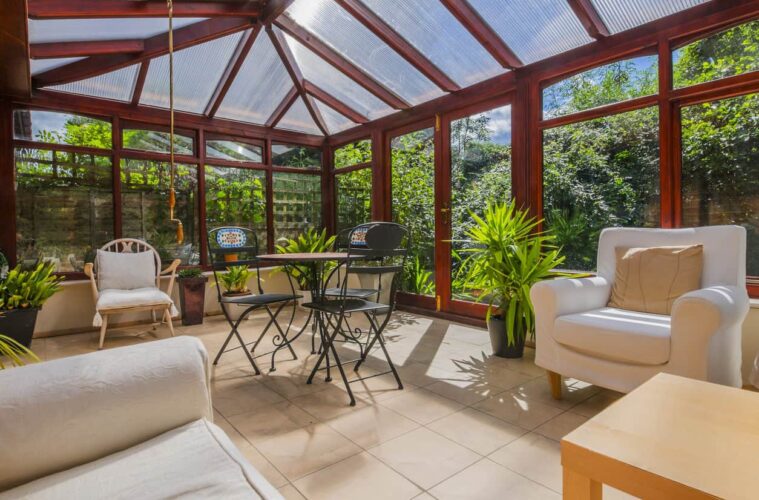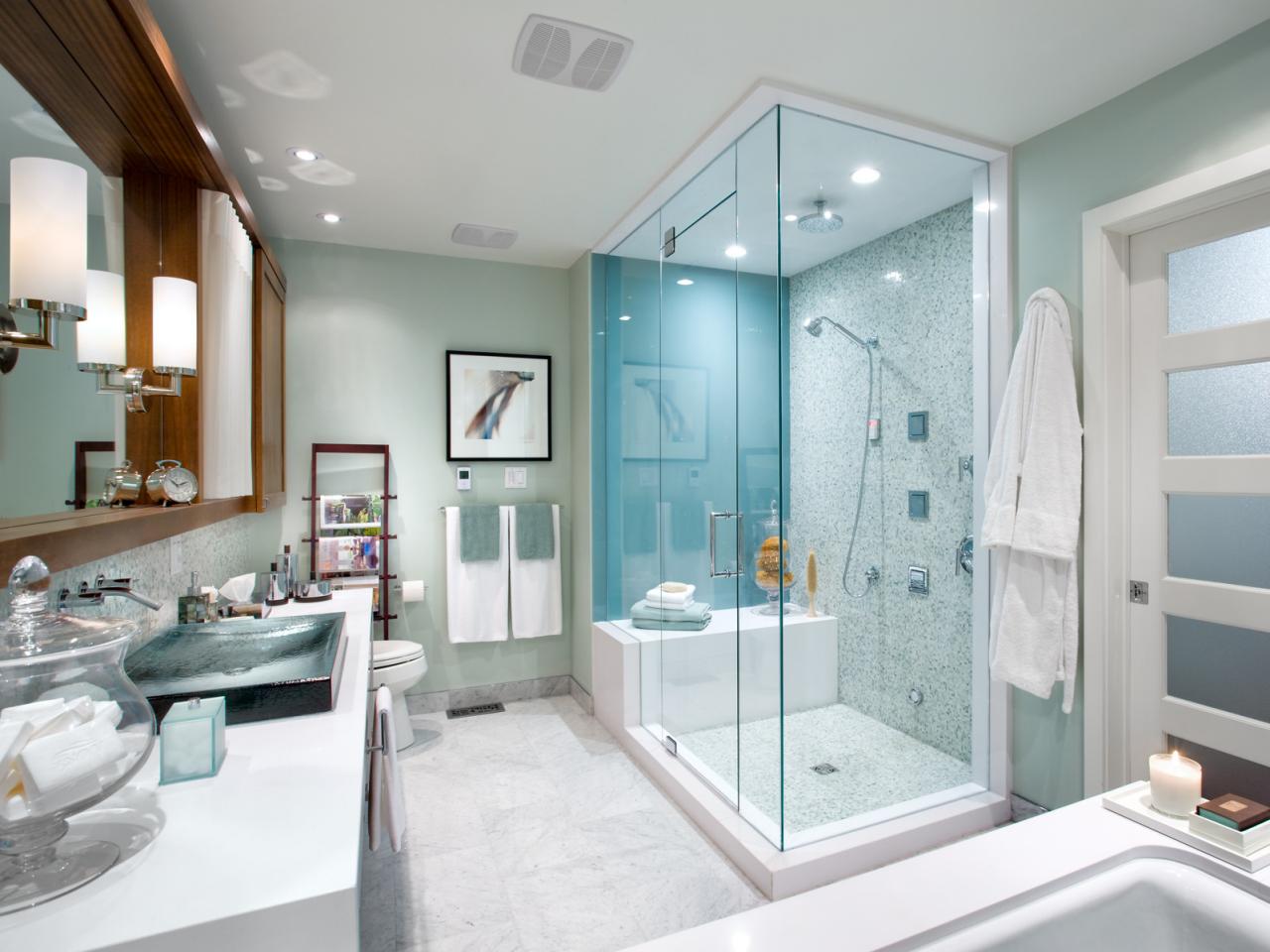Connecting with nature is critical for your physical and mental wellbeing. The peace and tranquility of nature make you calm and happy by eliminating negative feelings caused by anger, anxiety and stress. Unfortunately, most people spend 90% of their time indoors, both at work and home.
Luckily, your home and office can help you connect with nature through biophilic designs. While the designs originated in the 1980s, they have recently surged in popularity due to their benefits. Let us look at what biophilic design entails and the reason behind its popularity.
What Is Biophilic Design?
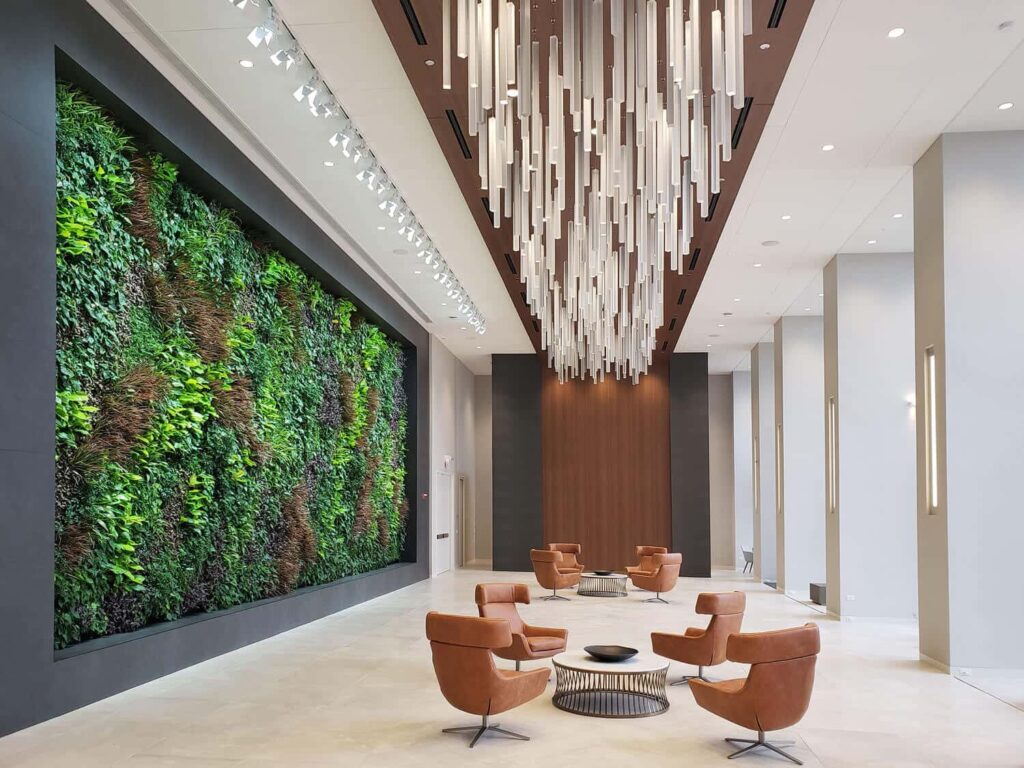
source: pinterest.com
Biophilic design is a green-building trend, which connects buildings and people to nature. It uses natural materials and strategic views or access points to bring nature closer. Some designers also introduce the concept using furnishings made of natural materials and plants as décor. Maximizing sunlight through large windows is also an example of biophilic design. Any form of nature, including materials, patterns, sounds, seasons and smells, trigger positive feelings.
Biophilic designs stem from the biophilia hypothesis, which describes people’s innate love for nature. Without the connection to nature, many people suffer from anxiety and stress. However, we do not have time to experience nature with urbanization, and there are few green spaces in major cities. Therefore, introducing biophilic designs appeases the desire to integrate natural elements into our daily lives. Emphasis on design elements brings nature inside instead of going out to enjoy the natural environment’s peace and tranquility.
Many companies adopt biophilic designs in their architecture due to the inherent benefits of improving employees’ mental and physical health. However, biophilic designs can also boost productivity in work environments.
Ways to Incorporate Biophilic Design Into Your Home or Office
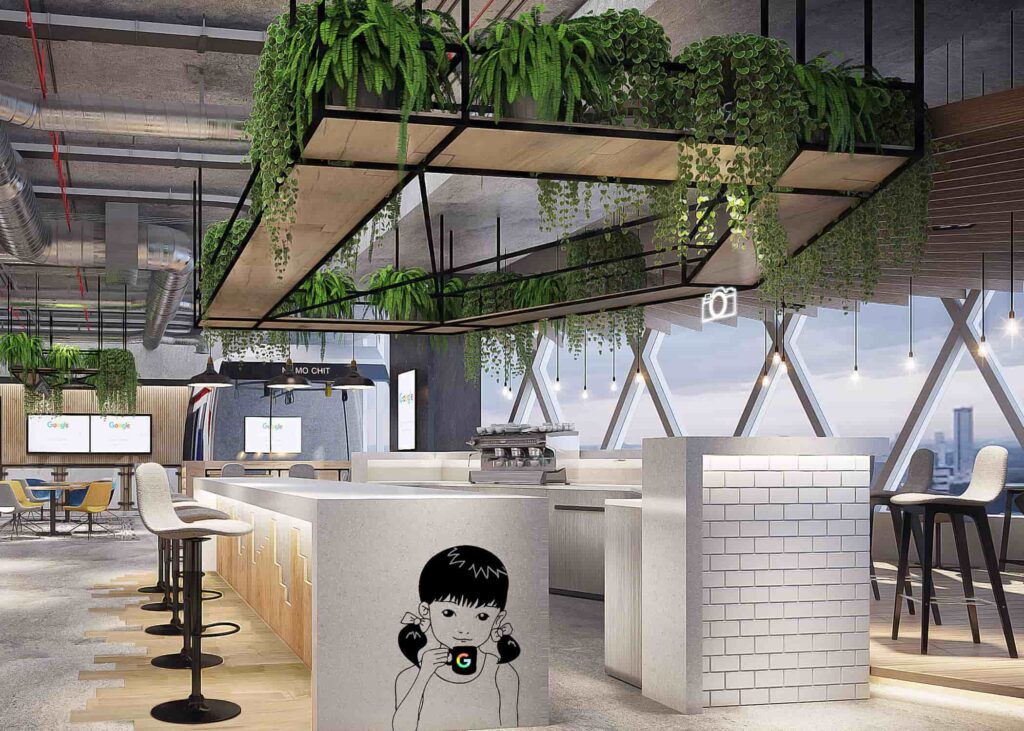
source: chapmantaylor.com
Here are exciting ideas for incorporating biophilic designs into your home or office:
Plants and Greenery
Adding plants and greenery to your office or home is a popular biophilic design element. However, a single potted plant does not count as biophilic. You must create an immersive natural experience and a cohesive environment inside the building. You need to add plants in all the rooms to boost the natural benefits of greenery. When choosing plants for your house, consider the interior style and architecture, but vines are always the best since they create a feeling of movement. If you want a pop of color, use flowers that match the interior color palette.
Natural Materials
Using natural materials for decorations and furnishings deepens your connection with nature. Wood flooring and wooden furniture in your house or office can match interior design while increasing natural features. Natural stones, shells and rattan also create a natural setting with unique textures and designs that bring a room’s rustic warmth.
Natural Light and Color
Biophilic designs call for colors that resonate with nature, like the teal ocean color, bright green or yellow-orange sunset’s tones. Therefore, you should incorporate a variety of colors into your space. Incorporating natural light also adds depth to your space. Introduce skylights and large windows to get maximum light.
Textures and Patterns
Biophilic designs use textures and patterns to mimic the natural environment. That means introducing different patterns that replicate the outdoors. For instance, you can use natural stone countertops, wooden flooring and a different material for your cabinets to avoid uniformity. Outdoor environments have different textures and patterns, and you can replicate the same design concept indoors.
Why Are Biophilic Designs Growing in Popularity?
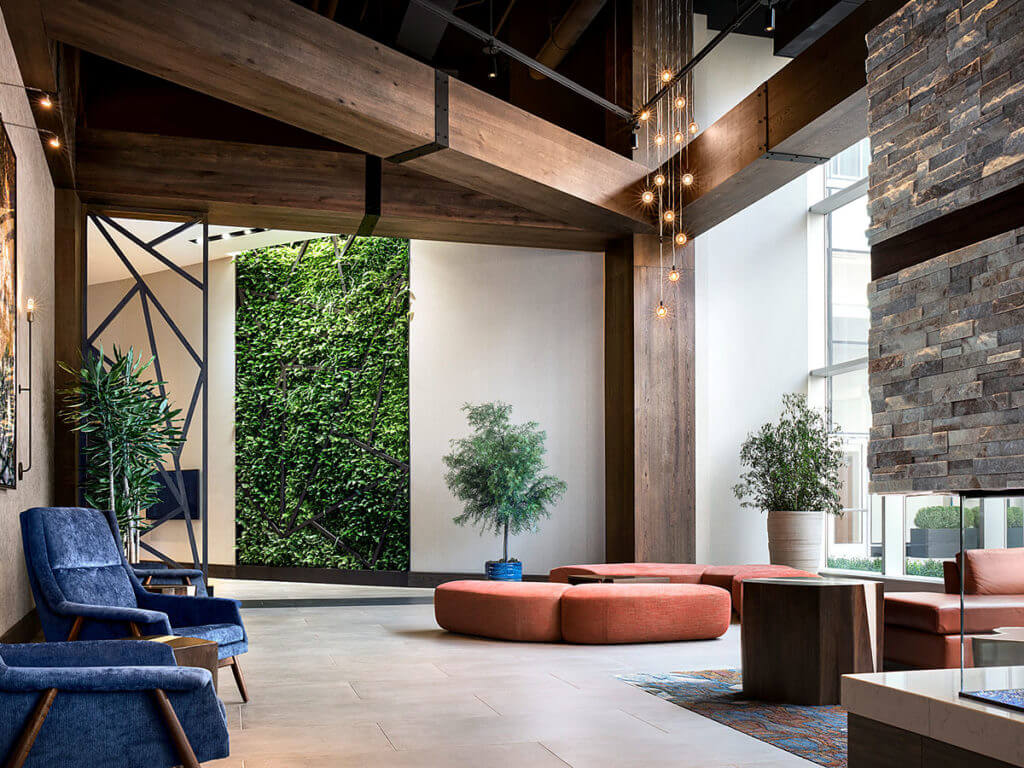
source: myinspiredesign.com
Biophilic design is a growing trend due to the many benefits it provides. However, the primary reason for its popularity is the innate desire to connect with nature. Many people do not get enough time to enjoy the sun or spend time outdoors due to everyday social demands. Therefore, biophilic designs allow them to enjoy the benefits of nature without going outdoors. Bringing nature closer through interior design elements allows people to continue with their busy lives without losing their connection to the environment.
Physical and mental health benefits make biophilic designs popular in residential and corporate buildings. Exposure to nature through smell, sound or materials triggers positive feelings of relaxation and happiness. It can also reduce stress hormones and minimize anxiety in work environments. Introducing plants or greenery to offices can also boost creativity and productivity. They elevate the mood of the work environment, allowing employees to concentrate on various tasks.
Apart from the social and health benefits, biophilic designs also increase environmental benefits. A natural element like a plant removes toxic airborne pollutants and improves the quality of air. Research shows that adding one plant to a room will improve air quality by 25%. Plants reduce carbon dioxide in circulation and inject more oxygen into the air you breathe.
Conclusion
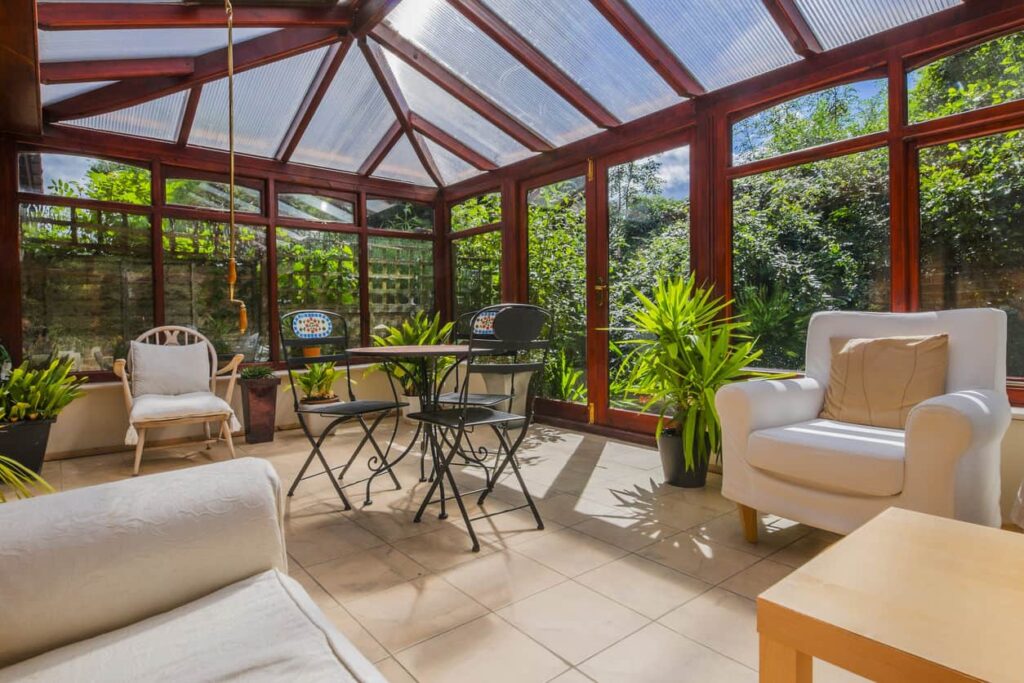
source: homestratosphere.com
Biophilic designs go beyond adding a potted plant to your living room. They use design features and natural material to nurture our connection with nature. Besides, the designs yield numerous social, physical and mental health benefits making them worth the investment.
Author Bio: This article was written by Martin O’Callaghan of Wood Flooring Ireland. Martin has over ten years’ experience in biophilic design.

